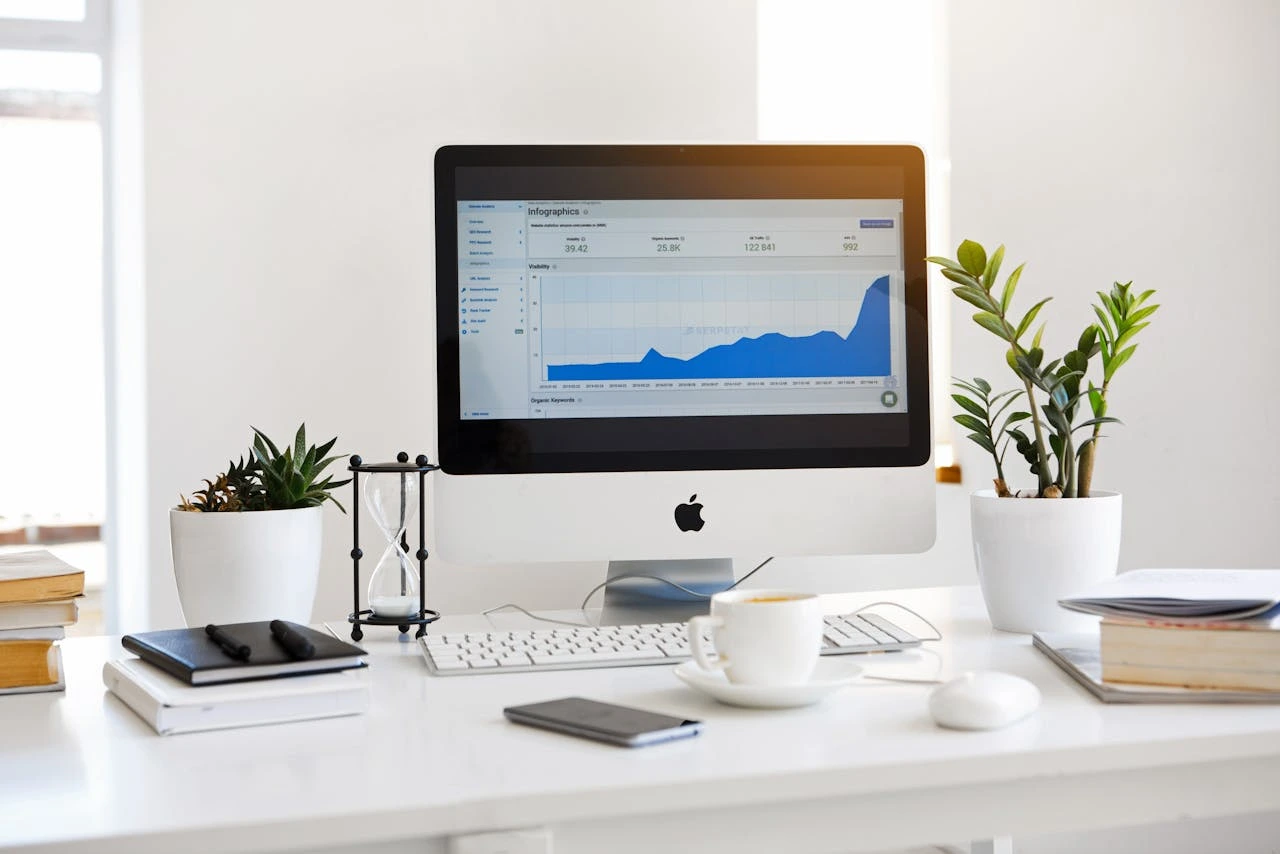Apple’s Growth Outlook Moderates Despite Strong iPhone 16 Launch
Apple Inc. (AAPL) has reported a promising start for its AI-enhanced iPhone 16, which has seen early sales outpacing those of its predecessor, the iPhone 15. However, the company’s cautious revenue forecast has raised concerns about whether this momentum can be sustained through the critical holiday shopping season.

During a recent conference call, Apple’s Chief Financial Officer, Luca Maestri, announced that the company anticipates revenue growth in the “low to mid single digits” for the first quarter of its fiscal year, which ends in December. This outlook falls short of analysts’ expectations, who had predicted a 6.65% growth rate, aiming for revenue of approximately $127.53 billion. The cautious forecast contributed to a 1.4% decline in Apple’s shares in after-hours trading.
Despite these challenges, Apple reported overall sales for the fourth quarter at $94.93 billion, exceeding Wall Street’s expectations of $94.58 billion. Additionally, the company posted earnings of $1.64 per share, surpassing analyst forecasts of $1.60 per share when excluding a significant one-time tax charge imposed by the European Union.
Sales Performance and Challenges
Apple’s fourth-quarter sales figures reflected a 5.5% increase in iPhone sales, reaching $46.22 billion, compared to analyst predictions of $45.47 billion. However, sales of other product lines, such as Mac, iPad, and wearables, fell short of expectations, highlighting potential vulnerabilities in Apple’s diverse product portfolio.
The fourth quarter concluded on September 28, encompassing only a few days of iPhone 16 sales, which officially launched on September 20. Tim Cook, Apple’s CEO, indicated that early sales of the iPhone 16 are outpacing those of the iPhone 15 during the same timeframe last year. He also noted that users are adopting the latest version of Apple’s iPhone operating system—featuring the new Apple Intelligence enhancements—at double the rate compared to the previous year.
Cook expressed optimism, stating, “We’ve had great feedback from customers and developers already. We’re off to a good start.”
Focus on AI Integration
Apple’s broader AI strategy revolves around integrating artificial intelligence features across its latest operating systems rather than launching a standalone AI application. These features, which include functionalities like rewriting emails for a more professional tone, are primarily available on the iPhone 16 models equipped with advanced computing chips. Notably, the pro versions of the iPhone 15 also support Apple Intelligence.
Despite some features becoming available this week, delays in others have led analysts to question whether consumers will be more reluctant to upgrade their devices this year as they wait for key software enhancements.
Meanwhile, competitors like Microsoft and Meta have expressed plans to ramp up investments in their own AI strategies, highlighting the competitive landscape in which Apple operates.
In terms of capital expenditures, Apple reported a $2.91 billion increase in payments for property and equipment, totaling $9.45 billion, which indicates a strategic commitment to expanding its infrastructure. This growth reflects Apple’s investment in its in-house data centers, which are critical for supporting AI functionalities, although the company also utilizes third-party data centers for some of its AI operations.
Cook emphasized the importance of using proprietary silicon to enhance privacy and security standards, stating, “There would be some (financial) benefit to us by using our own silicon, obviously, but that’s not the reason we’re doing it.”
Mixed Results in Services and Hardware Sales
Apple’s services sector, which encompasses offerings like iCloud storage and Apple Music, generated $24.97 billion, falling short of the $25.28 billion forecast. Meanwhile, sales of Macs and iPads reached $7.74 billion and $6.95 billion, respectively, both below analyst expectations.
In the wearables and home devices segment, which includes the Apple Watch and AirPods, sales dipped to $9.04 billion, below the anticipated $9.2 billion.
Including the one-time charge from the European tax payment, Apple reported earnings per share of 97 cents. The mixed performance across various segments raises questions about the company’s ability to maintain robust growth in an increasingly competitive market. As the holiday season approaches, all eyes will be on whether Apple can leverage its new iPhone features to drive sales and meet its revenue targets.






